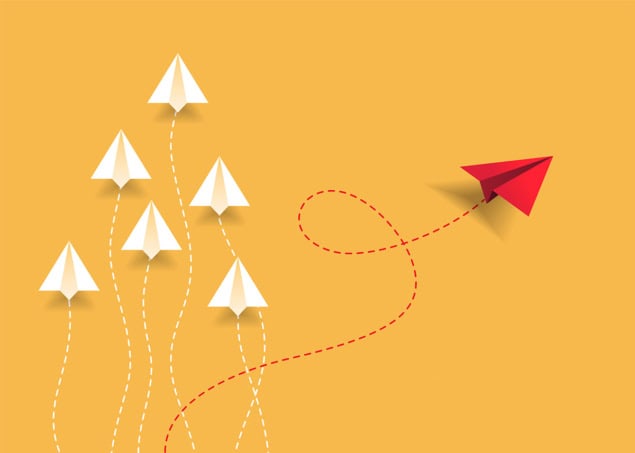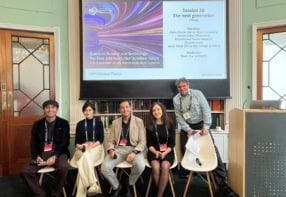
Scientists who switch research fields suffer a drop in the impact of their new work – a so-called “pivot penalty”. That is according to a new analysis of scientific papers and patents, which finds that the pivot penalty increases the further away a researcher shifts from their previous topic of research.
The analysis has been carried out by a team led by Dashun Wang and Benjamin Jones of Northwestern University in Illinois. They analysed more than 25 million scientific papers published between 1970 and 2015 across 154 fields as well as 1.7 million US patents across 127 technology classes granted between 1985 and 2020.
To identify pivots and quantify how far a scientist moves from their existing work, the team looked at the scientific journals referenced in a paper and compared them with those cited by previous work. The more the set of journals referenced in the main work diverged from those usually cited, the larger the pivot. For patents, the researchers used “technological field codes” to measure pivots.
Larger pivots are associated with fewer citations and a lower propensity for high-impact papers, defined as those in the top 5% of citations received in their field and publication year. Low-pivot work – moving only slightly away from the typical field of research – led to a high-impact paper 7.4% of the time, yet the highest-pivot shift resulted in a high-impact paper only 2.2% of the time. A similar trend was seen for patents.
When looking at the output of an individual researcher, low-pivot work was 2.1% more likely to have a high-impact paper while high-pivot work was 1.8% less likely to do so. The study found the pivot penalty to be almost universal across scientific fields and it persists regardless of a scientist’s career stage, productivity and collaborations.
COVID impact
The researchers also studied the impact of COVID-19, when many researchers pivoted to research linked to the pandemic. After analysing 83,000 COVID-19 papers and 2.63 million non-COVID papers published in 2020, they found that COVID-19 research was not immune to the pivot penalty. Such research had a higher impact than average, but the further a scientist shifted from their previous work to study COVID-19 the less impact the research had. ‘Hidden’ citations conceal the true impact of scientific research
“Shifting research directions appears both difficult and costly, at least initially, for individual researchers,” Wang told Physics World. He thinks, however, that researchers should not avoid change but rather “approach it strategically”. Researchers should, for example, try anchoring their new work in the conventions of their prior field or the one they are entering.
To help researchers pivot, Wang says research institutions should “acknowledge the friction” and not “assume that a promising researcher will thrive automatically after a pivot”. Instead, he says, institutions need to design support systems, such as funding or protected time to explore new ideas, or pairing researchers with established scholars in the new field.



